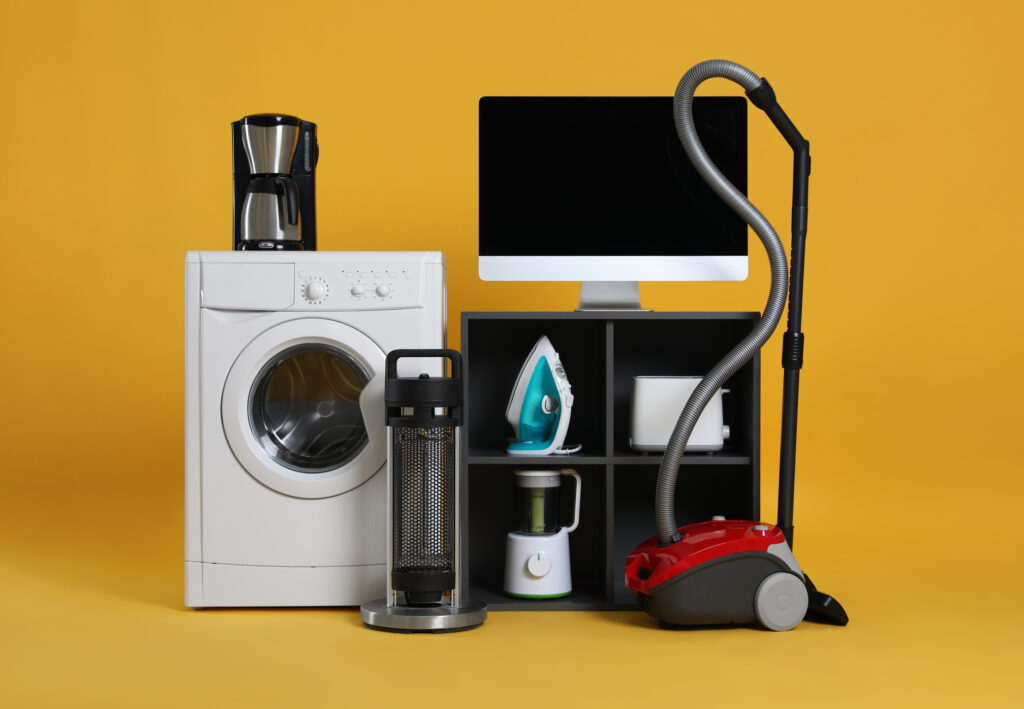
Brought to you by Alice Bizouard from ecosystem
WEEE is Varied
The collection of Waste Electrical and Electronic Equipment (WEEE) is done through several streams covering different waste categories, size, depollution needs, and specific treatment criteria. In France at ecosystem, household WEEE are processed in six streams: Cooling and Freezing appliances (C&F), Large Household Appliances excluding refrigeration (LHA), Cathode-Ray Tube (CRT) screens (there is a surprising amount still on the market), flat screens, Small mixed Household Appliances (SHA), and lamps.
Each stream requires specific logistics, depollution, and treatment. Even within the same stream, there are significant disparities between items. In the SHA stream for example, there are over 700 different types of equipment, ranging from IoT (Internet of Things) products to electric toothbrushes, printers, and mobile phones.
WEEE Evolves Fast
Technological developments impact various domains, and electronic devices are no exception. These changes affect the entire processing chain, from logistics to depollution and treatment centres as well as quality processes and jobs. Let us take the example of the technological shift from Cathode Ray Tube (CRT) screens to flat screens, which entailed the need for new transportation methods, new containers, and processing conditions due to the presence of mercury. Simultaneously many CRT screen treatment plants closed. Another example is the transition from energy-saving lamps (also called compact fluorescent lamps) to LED lamps, involving a drastic change in composition, sorting, and processing methods.
Furthermore, we can see a race for miniaturisation, aiming for smaller and smaller devices with new functions. It raises numerous questions regarding collection and recycling. Due to their small size, these devices are more likely to end up in residual waste bins and are likely to be incompatible with existing treatment processes, not only preventing efficient recycling but also the extraction of critical raw materials (CRMs).
As a result, technological evolution also brings about significant fluctuations in compositions. Whether it is for adding new features, improved performance, economic reasons, or strategic considerations, the composition of equipment put on the market and thus the collected waste is in constant variation. Predicting this evolution is a necessary challenge to gain resilience.
WEEE is Complex
Extended Producer Responsibility (EPR) for electrical and electronic equipment is one of the most complex, if not the most complex EPR when it comes to material composition. Considering all types of equipment, they encompass almost the entire periodic table, including a wide variety of critical/strategic metals.
However, these elements are only available in small concentrations, often mixed with other elements and dispersed in several components, making their extraction a challenge. At ecosystem we compare the extraction of critical raw materials from WEEE to the extraction of pepper and salt from ratatouille – it is extremely difficult! Locating and identifying the components consisting of the targeted metals, separating them from the rest of the materials, and concentrating them is a tedious but essential process for raw materials extraction.
Finally, CRM recycling is an economical challenge as its cost is usually higher than the cost of virgin raw materials
To overcome these challenges, WEEE stocks and material flows need to be sampled, analysed, and assessed.
Relying on Ecosystem’s Experience
Since its creation, ecosystem has been focussing on understanding WEEE and more recently CRM deposits (WEEE and more recently CRMs). It includes evaluating the various types of collected equipment, their respective compositions, and even the chemical analysis of components. All this combined represents a unique and valuable data mine for numerous strategical topics and projects, like FutuRaM. In parallel, ecosystem is equally funding “Urban Mines Chair“ a French initiative exploring new recycling pathways for critical materials.
How Can the FutuRaM Project Help with These Issues?
Waste composition knowledge is key, while data from the field is a must have. Being able to assess, measure, and predict the material composition changes in WEEE is essential, not only to assist in calibrating and developing recycling technologies but as a valuable tool for regulatory authorities. Whether it is to help establish targets, measure performance, or evaluate strategic stocks, the possibilities are vast.
Beyond the data itself, the FutuRaM project should be the first step in creating a harmonised European method for sampling, analysis, and prediction of WEEE arising, from the equipment level to the material analysis of the critical metals they contain.
This is why ecosystem is part of the project: to identify a European approach and method, agree on the same frame of reference and share its knowledge in sampling and waste composition.
